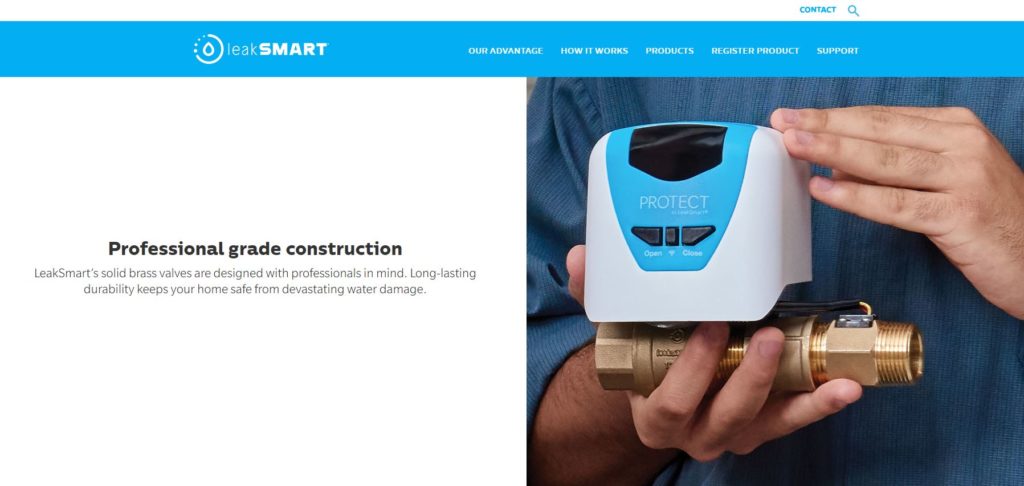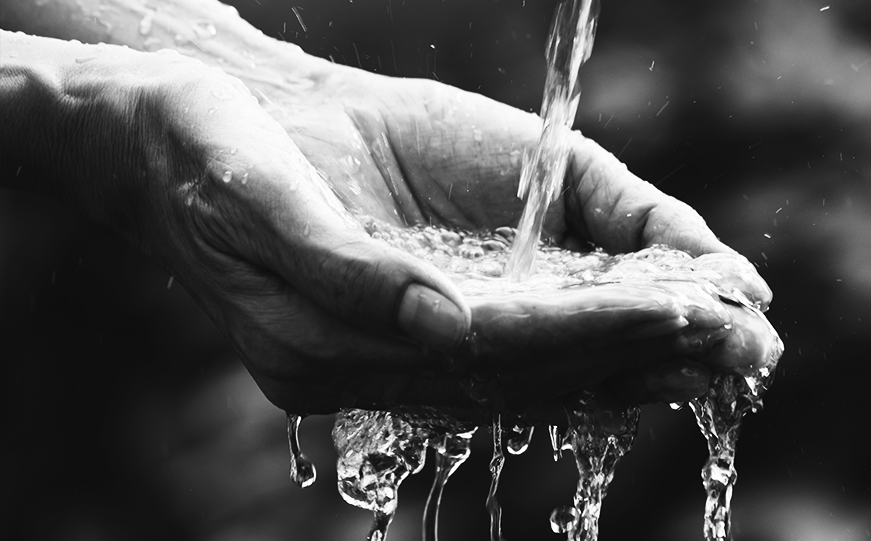Water is increasingly top of mind. Changing weather patterns and over development are making it more challenging to source clean water. In fact, water managers in 40 U.S. states are predicting water shortages in this decade, making water conservation a necessary way of life.
In addition, according to the United Nations, water scarcity affects more than 40 percent of the global population, and with droughts on the rise, this number is likely to increase. Consider the recent water crisis in Cape Town, South Africa. At one point, people were standing in long lines to get water and the government was encouraging people to take two-minute showers. Despite being a modern city with ample fresh water, people didn’t realize how quickly excessive water use can drain the water table.
Construction professionals and building products manufacturers are applying a lot of science and innovation to building structures and creating products that will conserve water while still providing the comfort that most Americans have come to expect.
(Water) Supply and Demand
While water availability and conservation is important on a global level, it is also crucial to the homebuilding industry. A long-term shortage will have significant impact on both the industry and homeowners. To be prepared for this possibility, builders and manufacturers need to more closely evaluate water utilization and monitoring, water accessibility at building sites, and understand local water regulations and price structures.
In addition to prioritizing water quality, they need to consider such factors as available water quantity, sanitation, local governance, the increase in extreme weather events and ongoing climate impacts.
It’s All in the Flow
President Trump recently “stirred the pot (toilet bowl)” when he suggested that today’s toilets require too many flushes. These low-flow toilets, mandated by the Energy Policy Act of 1992, require a maximum flush volume of 1.6 gallons for all toilets manufactured and installed after 1994.
Prior to 1994, most toilets on the market utilized at least 3.5 gallons – or approximately 20 gallons of water per person per day. The first toilets that adhered to the new 1.6-gallon-per-flush standard were largely known to be poor flushers. That’s because some building products manufacturers reduced the volume of water that discharged from the tank, but didn’t make the accompanying design adjustments. Manufacturers have continued to make improvements, incorporating larger tank outlets to increase water flow and expanded internal passageways to help prevent clogs.
Those toilets that remove a minimum of 350 grams of waste per flush are eligible for certification by the U.S. Environmental Protection Agency’s WaterSense® Program. Currently, the best performing 1.6 gallon toilets are able to eliminate 1,000 grams or more of waste in a single flush – significantly more than many older toilet models, which needed more than double the volume of water to flush cleanly.
By using low-flow toilets, the average U.S. household saves 25 gallons of water each day, or more than 9,000 gallons each year. And, when you multiply that number times nearly 330 million people, that adds up to significant water savings.
Drip by Drop
Water flow isn’t the only concern building industry professionals must contend with. Leaks are an ongoing problem and contribute not only to water waste but also damage to homes. According to the EPA – the average U.S. family wastes 9,400 gallons of water each year due to household leaks. That equates to more than 1 trillion gallons of water annually, or equal to the annual household water use of 11+ million homes. The National Association of Home Builders reports that plumbing failures are the leading source of residential water losses, with 48 percent more payouts attributed to these failures when compared to the second leading source.

New smart home technology solutions offer a proactive solution to water waste. These systems use methods such as sensors and ultrasonic technology to accurately measure water flow and provide early leak detection. If water flow changes drastically, a smartphone app alerts the user so leaks can be addressed before causing extensive damage.
Some leak detection solutions go a few steps further, allowing a homeowner’s water main to be shut off remotely from an app or automatically, in the case of a water emergency. In addition, some of these devices allow users to monitor, modify and, if necessary, reduce their water consumption.
Not an Endless Commodity
Water conservation and accessibility will continue to be a challenge for the building industry and society at large. While most people in the U.S. don’t have to worry about a lack of water, it’s naïve to assume that an unlimited supply will always be available. Whether we like it or not, our future is tied inextricably to water. Fortunately, building products companies are already making great strides in preserving our access to this once abundant natural resource.




